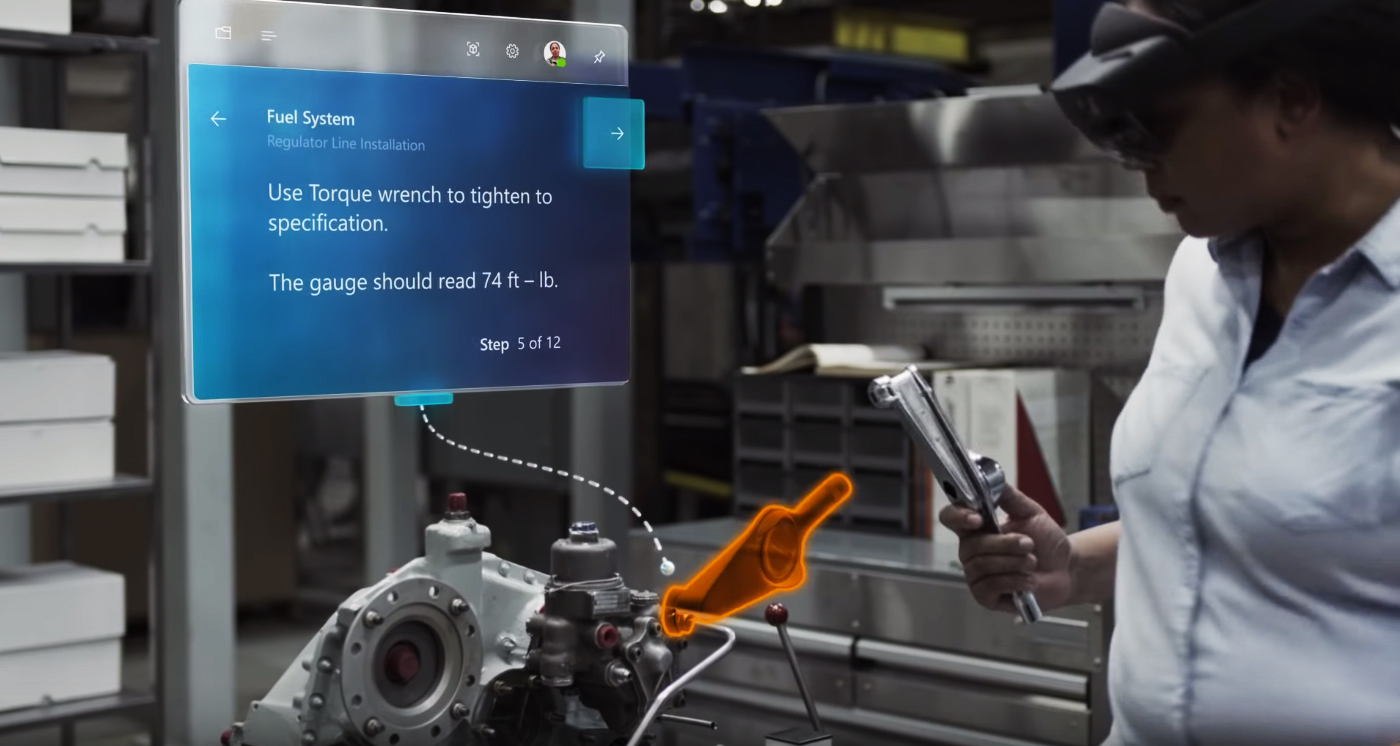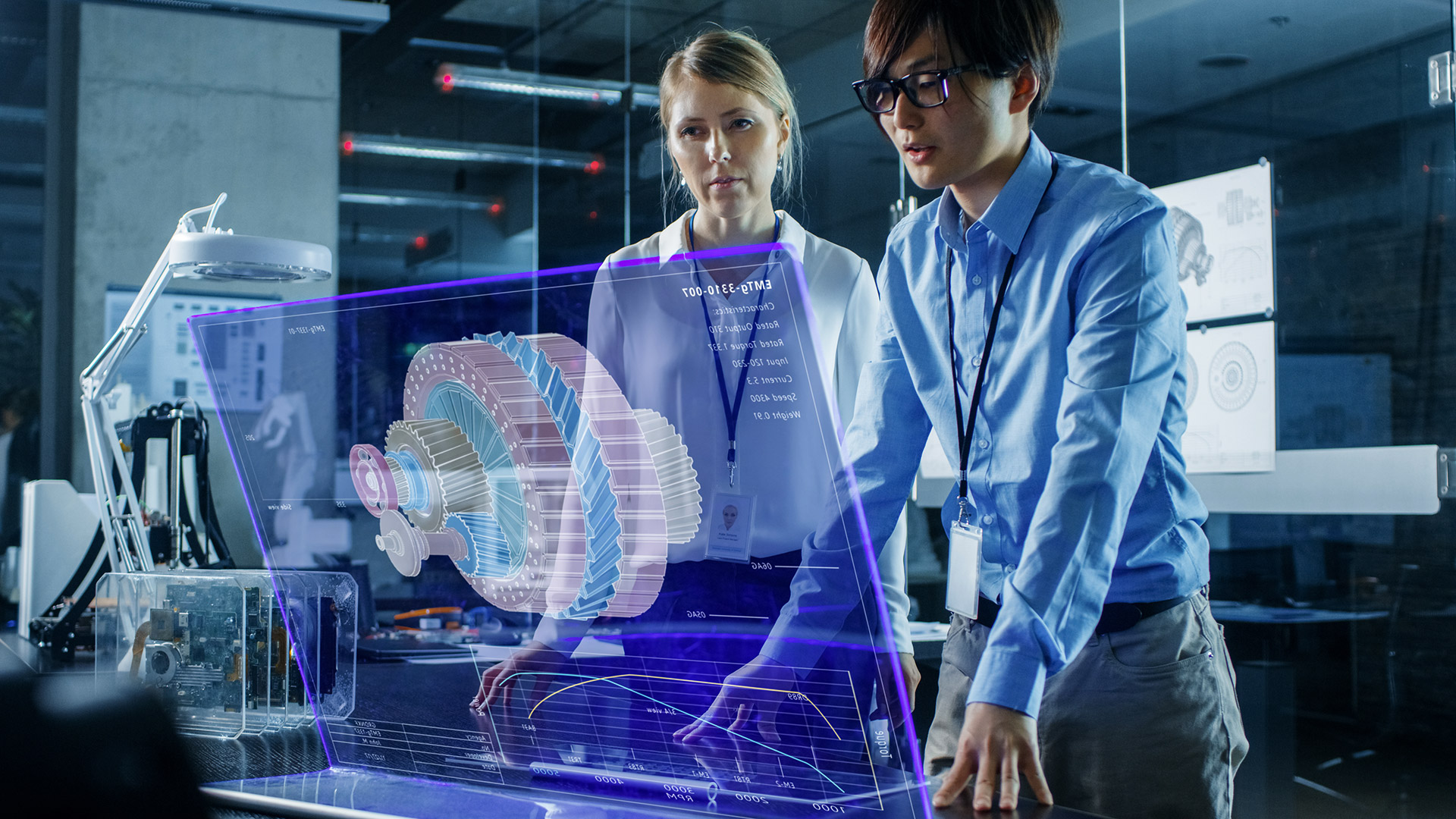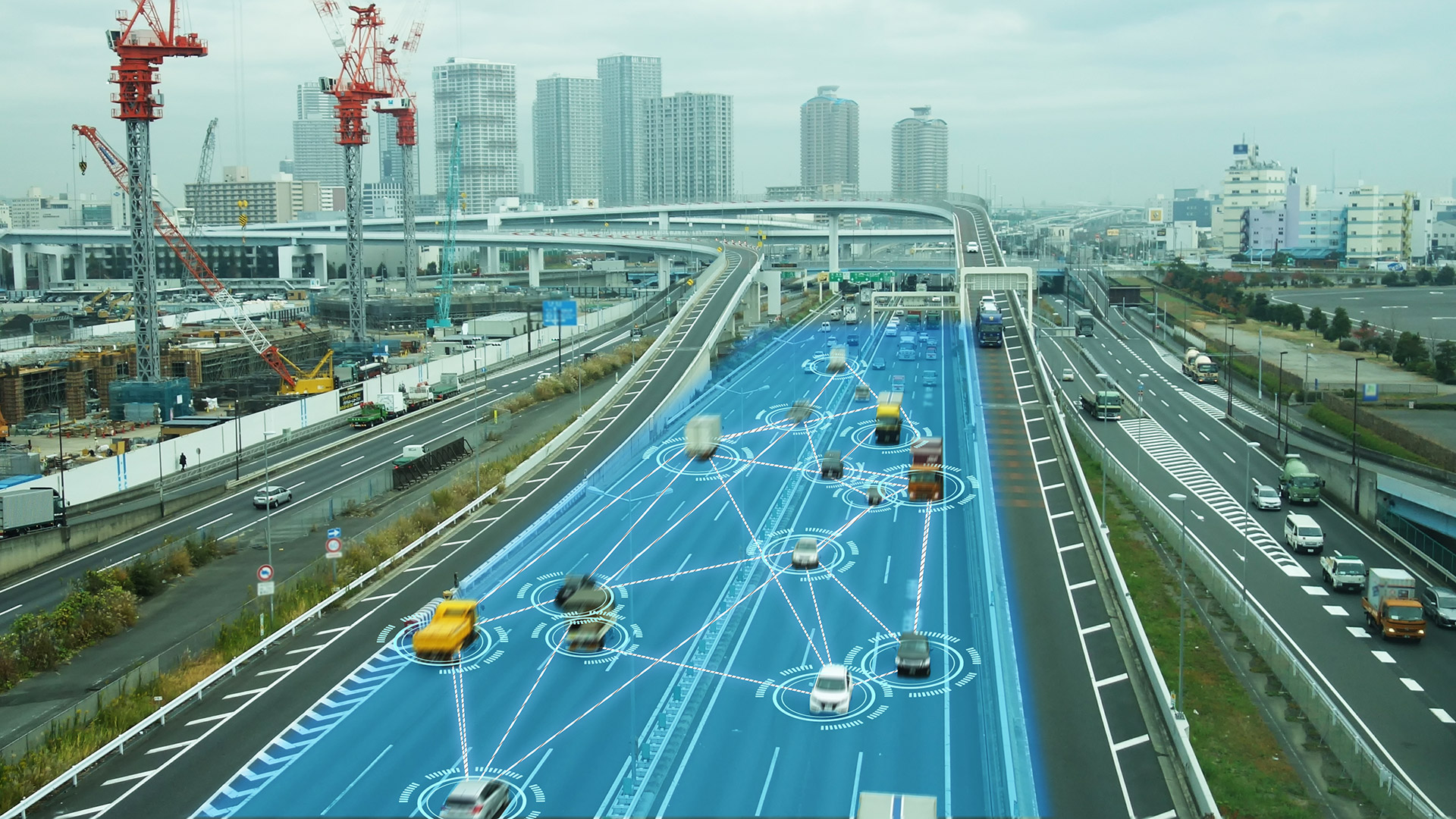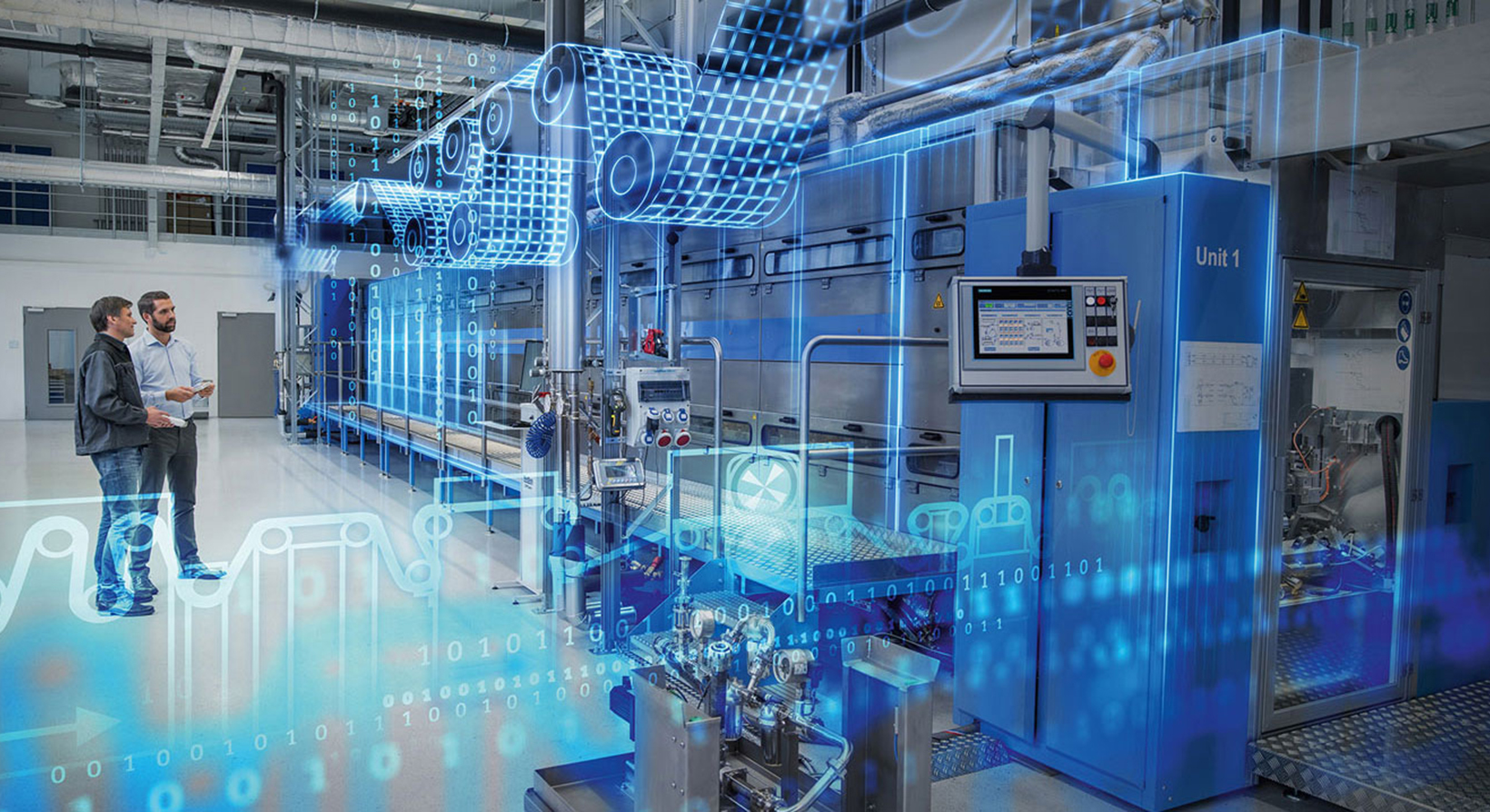
AR for Enterprise Disrupting the Workplace
Augmented Reality is evolving in front of our eyes as the world of work increasingly embraces the power of spatial computing to enhance efficiency and accuracy. AR can improve safety, lower long term expenses, and reach any audience, anywhere in the world.
Technologies like Apple’s ARKit, Google’s ARCore, and Microsoft’s Dynamics 365 have all but ensured that we will see Enterprise level Augmented Reality permeating our daily tasks today, and for the foreseeable future. AR’s capacity to transform the way we work is so significant that an organization like the Augmented Reality for Enterprise Alliance not only exists, but is growing.
Workplace AR now touches many industries, with many applications, and we know it’s going to keep growing exponentially via the IoT for years and decades to come. We already see workplace AR in warehouses, factories, health care facilities, retailers, and interior design studios. So to get an idea of where we expect to see AR at work in the future, we’ll start by looking at AR in the workplace right now.

Image Credit: Gorodenkoff / Adobe Stock
AR at Work Today
Research
Augmented Reality’s role in R&D may be one of the reasons we see it changing the 21st century world. The pioneering minds using AR Digital Twins to test and revise groundbreaking inventions – from massive industrial machines to microscopic nanobots – become advocates within society and examples to their peers.
Using AR to learn and grow in general is elevating many industries, shifting the way we process data altogether. For example, Augmented Analytics is no longer an element of science fiction. Analytics powered by AR and AI have claimed an important role in understanding data and producing actionable conclusions.
Construction
Augmented Reality already appears in the fields of architectural design and building construction, taking structures from unbuilt to built with impressive precision. Our term BIMfinity captures how AR is incorporated right from the start. Building data regarding the materials and systems of a given structure is used to generate a Digital Twin, guaranteeing that what we build today will serve us equally well in the future.
Once construction is complete, AR still keeps working to market and sell the property, be it commercial or residential.
Retail
Possibly one of the most fun applications commercial AR currently enjoys is for retail marketing and sales. Consumers interested in a store or brand can engage further by downloading apps that alert them to sales or new products, often triggered by location-based user activity.
Try-before-you-buy is one of the largest areas of growth for retail AR. These apps are able to help consumers evaluate a product (particularly something large or expensive) before making a purchase, increasing the likelihood of a sale and reducing the chances of a return.
Training
Cousin to full immersion training programs, AR can be equally empowering for new employees learning tools, procedures, and equipment. Apps for smartphones or tablets can conduct self-guided tours, review information or test knowledge, and issue instructions.
Using AR for workplace training will be more cost-effective and efficient for pretty much any industry. Apart from content creation and updates, very little supervisor involvement is required. And changes can be implemented rapidly as the process of disseminating information and getting supervisors up to speed is eliminated.

Image Credit: ekkasit919 / Adobe Stock
AR to Improve Tomorrow
Transportation
Smart cities are already evolving around the world. The invisible presence of the AR Cloud will continue its advancement right under our noses, including under and on our streets. AR has the power to improve public and commercial transportation. It can put transit schedules and live traffic information in front of our eyes. It can also keep vehicles safe and efficient.
Very soon we will be monitoring bus and train fleets along with long haul trucks, detecting maintenance issues before they arise. Likewise, monitoring structural integrity of roads, tunnels, and bridges can be done remotely with sensors and AI, allowing us to anticipate repairs and avoid costly and dangerous physical failures.
Health Care
Digital surgery stands to revolutionize the way operations take place, enhancing accuracy and safety to produce more successful outcomes. Drawing on a database of surgical procedures and hardware like Microsoft’s HoloLens, medical professionals will soon be able to offer augmented operations at facilities around the world.
The diagnostics of the near future will also be improved by AR technology as well, again boosting accuracy and removing phases of trial and error. We already have these AR diagnostic tools on the market, it’s just a matter of time as they become adopted by clinics and hospitals.

Image Credit: Siemens
Manufacturing
Today’s Digital Twin R&D (as outlined above) can produce tomorrow’s cutting-edge inventions and revolutionary processes. Once prototyping process has become entirely digital, and therefore more cost-effective, we will be in an enviable position to perfect designs long before we need to move to physical trials.
Digital Twin technology will also make it possible to build and maintain machinery with little to no hands-on involvement. The robotic equipment which has been modifying assembly lines everywhere could rebuild and maintain itself.
Education
As schools and institutes for all ages continue recognizing the potential XR technology presents for experiential learning, we will see more and more VR and AR incorporated into curricula. As smartglasses encroach on the smartphone market, we think they can be integrated into classrooms in a positive way. This will affect a broad range of training programs, similar to what we’ve outlined above, as well as being relevant to teachers as a workplace tool.
Security
Although there is room for some big-brother-esque critique, AR has the capacity to keep workplace environments as safe as they are efficient. Surveillance, lock or barrier protection, and even emergency preparedness can all be more effective through a combination of AR and AI.
Work done remotely has an improved level of security inherently built right in. Workers are exposed to less physical danger from machinery, making them less vulnerable to third parties.
Stambol team members are always eager to talk about how VR and AR technology are – and will be – disrupting our status quo. Reach out to chat about how you can leverage one or more XR products in your workplace to jump ahead today and stay ahead tomorrow.
Feature Image Credit: Microsoft Hololens


